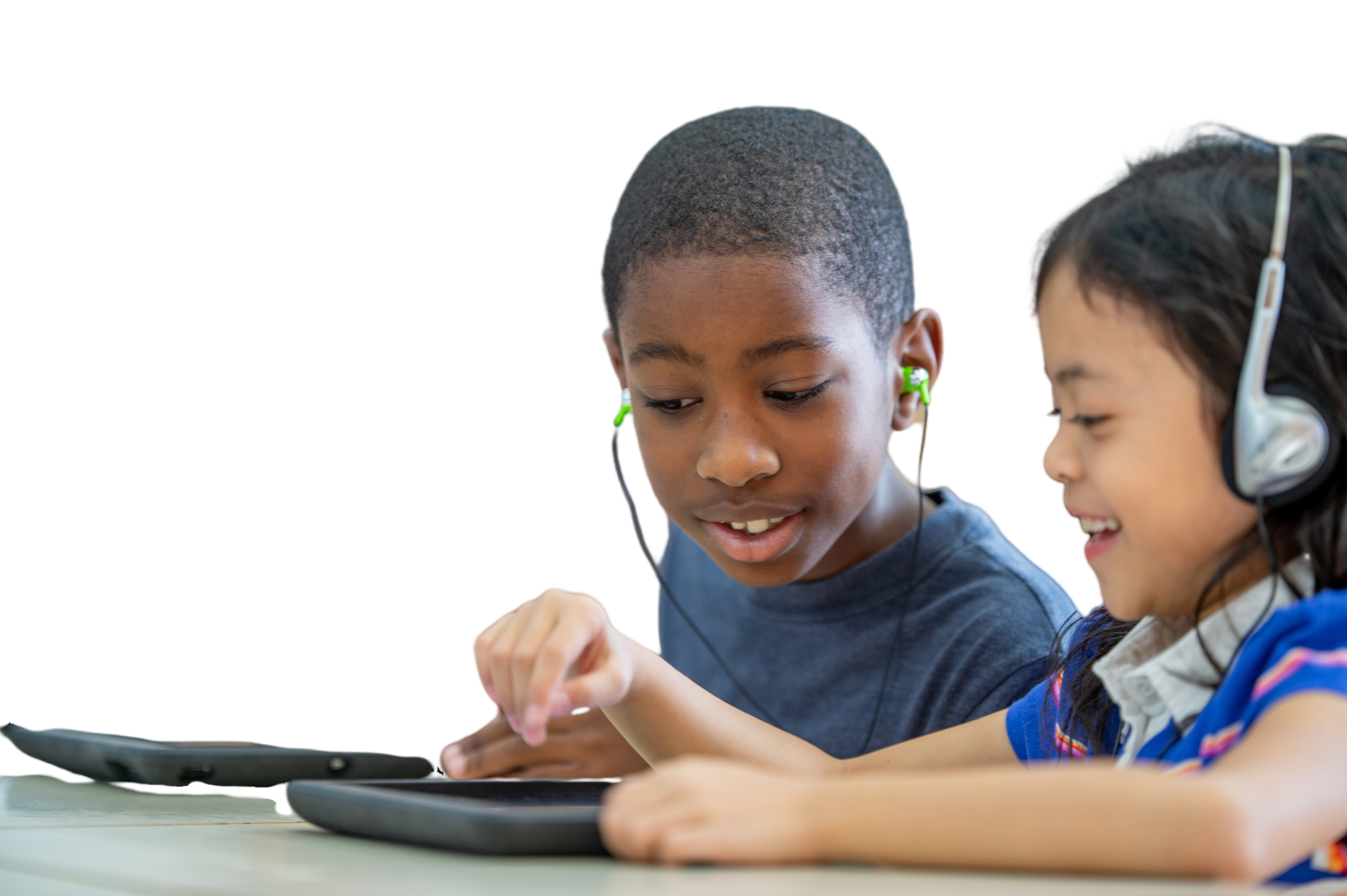
Are Timeouts Helpful?
When our kids are misbehaving or experiencing big emotions, often our immediate reaction is to send our kids to time-out and have them calm down either in a corner facing a wall or in their rooms. Though this might seem like a good idea because it's hard to talk during moments when emotions are heightened, it can be quite detrimental for kids if not used right.
Consequences of Time-outs
Sending your kids to time-out as a method of discipline can indirectly teach them a couple of things.
- No one accepts or understands me
- The love from people in my life is conditional
- Next time if I do something wrong in my parent's eyes, I would try to hide it and not let them find out.
- Out of fear of getting a time-out, I would pretend to be obedient.
- "Bad" emotions are not accepted in our household
When our kids act out and experience these big emotions, remember that these emotions can be extremely overwhelming. Even we, as parents, struggle with emotions from time to time. So for kids who are new to emotions and do not have as much experience with emotions, we need to be physically close to them when they are experiencing it to help them navigate the complexity of emotions.
Alternatives to Time-outs

What to do if you don't want to use timeouts? Be there for your kid and physically sit there with them and work it out. When our kids act out and experience these big emotions, remember that these emotions can be extremely overwhelming. Even we, as parents, struggle with emotions from time to time. So for kids who are new to emotions and do not have as much experience with emotions, we need to be physically close to them when they are experiencing it to help them navigate the complexity of emotions. Try out these 3 tips:
1. Acknowledge their feelings and allow them to express their feelings
When your child is experiencing big emotions, make sure you address their feelings, put a name to the emotion, and allow them to express their feelings. When we put a name to the emotion, oftentimes it feels less scary and intimidating. Additionally, to help our kids learn about emotions, it is crucial to identify emotions so that they are aware of all the different emotions. After addressing their feelings and putting a name to the emotion, make sure you allow them to express their feelings. Remember, we want to make sure that they feel heard and that their emotions are valued. We don't necessarily have to agree with their behavior, but the emotion they are feeling is valid.
Try phrases like: "I can see that you are upset"
2. Let them know you are always there for them
When your child is experiencing big emotions, make sure you address their feelings, put a name to the emotion, and allow them to express their feelings. When we put a name to the emotion, oftentimes it feels less scary and intimidating. Additionally, to help our kids learn about emotions, it is crucial to identify emotions so that they are aware of all the different emotions. After addressing their feelings and putting a name to the emotion, make sure you allow them to express their feelings. Remember, we want to make sure that they feel heard and that their emotions are valued. We don't necessarily have to agree with their behavior, but the emotion they are feeling is valid.
Try phrases like: "Tell me about it, I am here to listen."
3. Come up with healthy way to express emotions and provide comfort if necessary
Brainstorm together other alternative ways to express emotions. To avoid these behaviors in the future, you need to provide you kid with alternative ways to express emotions.
Try this out: "How can I help/Can I give you a hug to make you feel better?"
What do effective time-outs look like?

1. Balance is key
Avoid using timeouts as a method of discipline for every single inappropriate behavior. There are many other forms of discipline, so make sure you keep a balance between resorting to timeouts and utilizing other approaches.
2. Keep it as short as possible
An extensive period of time-out is NOT necessary. A rule of thumb that experts suggest is to give 1 minute of timeout per their age. But the maximum length for a time-out should never be more than 5 minutes.
3. Advance Warnings
Before giving your kids a time-out, make sure you give them advance warnings. Remember, if you simply send your kids to time-out, it may be unclear to them what behavior caused the time-out. For time-outs to be effective, kids need to understand which behavior lead to this particular consequence.
Additional Resources:
Learn about the research
How to make time outs work. Child Mind Institute. (2021, August 16). http://childmind.org/article/how-to-make-time-outs-work/
Time-out. Johns Hopkins Medicine (2021, August 8.). http://www.hopkinsmedicine.org/healthy/wellness-and-prevention/timeout





 Most Popular
Most Popular
